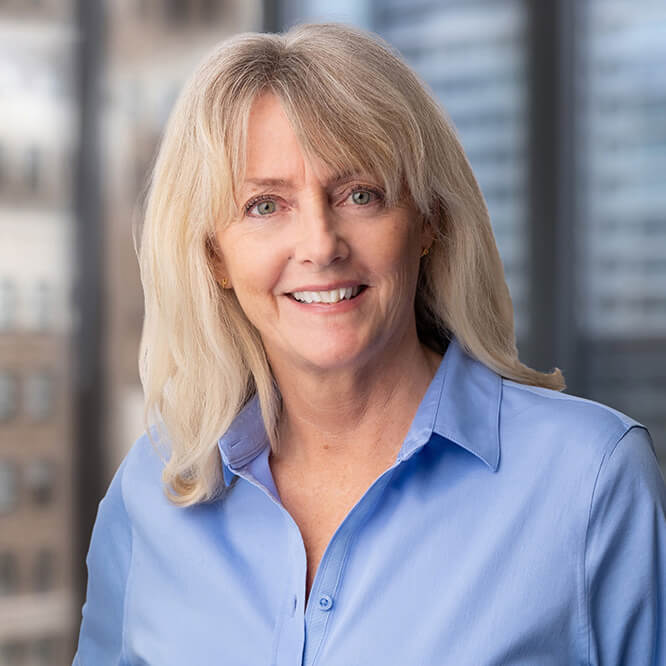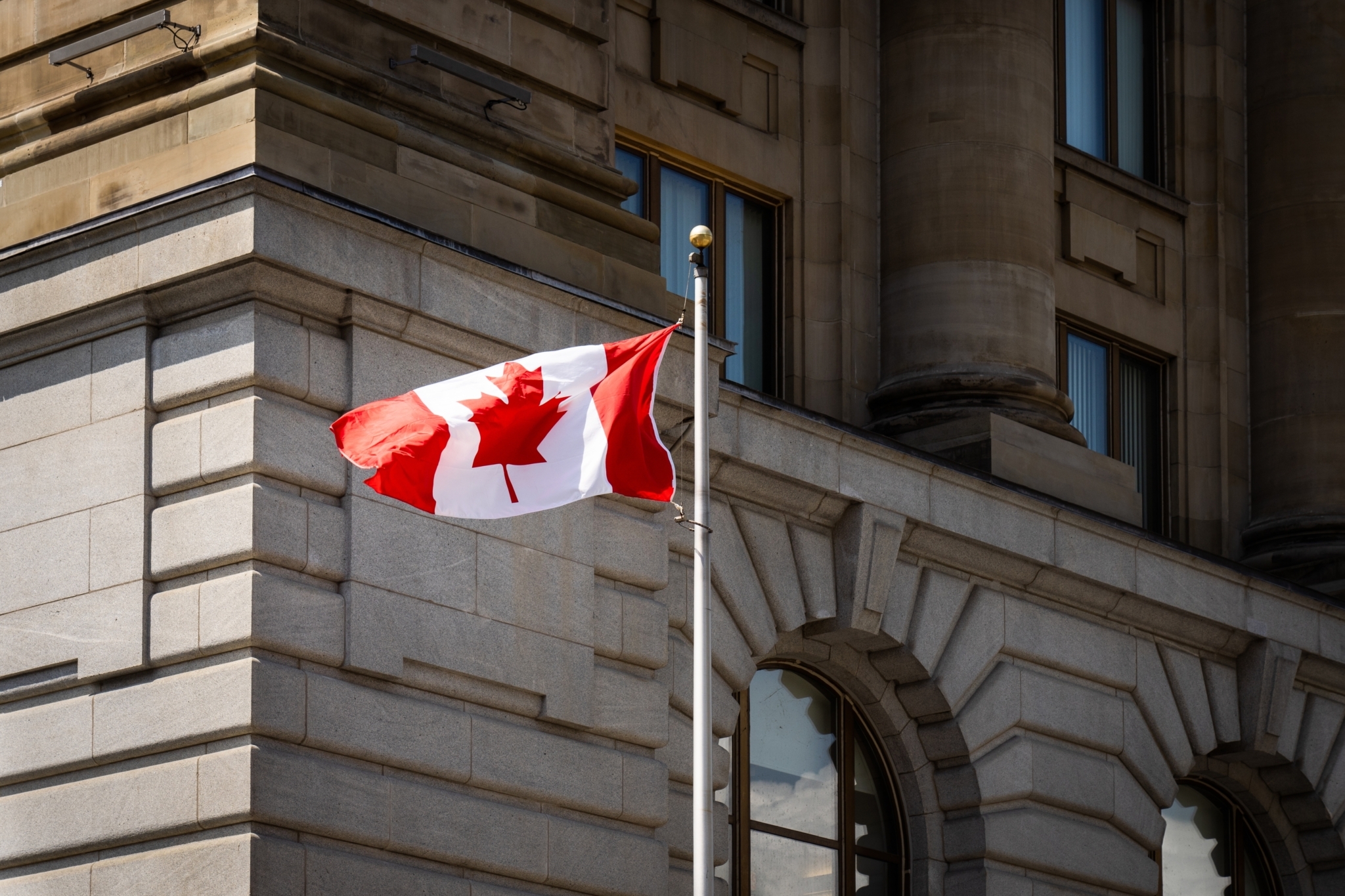November 16, 2021 | Quiet Counsel | 6 min read
In Search of Economic Moats
In today’s volatile markets, it is more important than ever to do your homework and stick to your investment discipline to improve the odds the companies you own are not only able to survive, but also prosper through a variety of economic conditions.
Before investing in a stock, our analysts conduct comprehensive independent research to satisfy a core set of criteria: an established, resilient business model, quality management team, conservative financials, and an attractive valuation. We also take a long-term view and pick stocks as though we are buying the whole company.
One of the key features of a resilient business model is the width of the company’s “economic moat.” An economic moat refers to a company’s ability to maintain a competitive advantage to protect its long-term profits and market share from competitors. Originally coined by Warren Buffet several decades ago, it refers to the moat that surrounded medieval castles to protect both individuals and their valuables from invasion. The wider the moat, the safer the castle. Or profits.
When searching for moats, some key questions we ask are: What are the sources of revenue for this company? Who are the competitors in the industry? What is this company doing to differentiate itself from its competitors? We not only search for economic moats, but strong economic moats that will provide a sustainable competitive advantage.
Some common characteristics of companies with wide economic moats include:
High switching costs. Switching costs give a company pricing power by locking customers into their unique products and services. Making a shift from one company to another can come with high switching costs for a business, and these can be both tangible (the money paid to switch) and intangible (i.e., learning curves or additional time spent on administrative tasks). These switching costs are how telecom providers, insurance companies, and computer operating systems can build a strong economic moat.
Beneficiary of the network effect. The network effect occurs when the value for a company and its customers goes up as more people use the product or service. The moat widens as the company becomes more valuable and competitive over time. A good example of this is Facebook. The Facebook app by itself does not have much value, but as more people join the app, existing members enjoy the benefit of being able to connect with more people. And as the Facebook network grows larger, there is more incentive for people to join.
Valuable intangible assets. As the name suggests, intangible assets are not easy to quantify as they are usually not physical in nature. Goodwill, brand recognition, and intellectual property (or IP, such as trademarks and patents) are some examples of intangible assets which may help prevent competitors from duplicating products (or charging premium pricing). Google’s brand, valued at $263 billion, reflects the dominance of its search platform and the algorithms that underpin it.
Cost advantage. Companies that are able to make products or offer services at a lower cost than their competition have an inherent advantage as they can sell at the same price as their competitors and earn excess profits, or undercut their competition to grow their market share. An industry with a low-cost provider is also less attractive to potential new entrants as doing so would lower the entire industry’s profitability.
Efficient scale. Sometimes a company’s cost advantage arises from its superior scale. When a large company processes many transactions through a system with fixed costs, the cost per transaction naturally goes down.
These resulting savings can be passed on to the customer through lower prices or extracted as higher profits. Scale is the reason larger retailers can sell goods for lower prices than smaller ones.
“When searching for moats, some key questions we ask are: What are the sources of revenue for this company? Who are the competitors in the industry? What is this company doing to differentiate itself from its competitors?”
Let’s look at some examples of companies we own that have strong economic moats:
Gentex Corporation
In our US Small/Mid-Cap Equity portfolio, we own the auto parts manufacturer Gentex Corporation. Gentex’s main product is an auto-dimming rear-view mirror, which it first introduced in 1982. The original version had a motor which would automatically tilt the mirror to prevent glare from headlights shining into the driver’s eyes. Today’s version uses electrochromic gel, so the mirror no longer needs to physically tilt. The mirror detects light and then uses an electrical current flowing through the gel to darken the mirror which dims the light reflecting into the driver ’s eyes. The company has been able to leverage its technology to expand into dimmable aircraft windows and continues to look for other applications in automotive (i.e., dimmable moon roofs), as well as in other industries like medical.
The problem Gentex has solved is keeping the mirror highly reflective in the daytime, but also dimmable when needed at night. This technology has been extremely difficult to replicate and is a great example of not only an intangible asset (intellectual property), but also with a 90% market share in this business – a beneficiary of economies of scale. A new competitor would have to spend significant resources on research and development and then sell a large number of units, both of which are unlikely to occur.
Global Payments Inc.
In our Global Equity portfolio, we own Global Payments Inc., a financial technology company that enables merchants and financial institutions to make and receive payments globally. For both merchant and issuer processing, technology infrastructure is paramount. Global Payment’s strong economic moat is based on high switching costs for its clients as well as its massive scale.
Clients are generally reluctant to switch their payment provider because accepting payment is a critical function. Global Payments also embeds its payment processing function with other business software applications such as inventory management and labour scheduling software, to further enhance client retention.
Global Payments has tremendous scale with over four million customers in over 100 countries. This scale is needed to provide low fees to large merchants to assure scale (a chicken and egg problem). There are high fixed costs to setting up a network that can handle complex fee structures, support more than 120 payment methods globally, as well as manage fraud and security.
The Big 5 Canadian Banks
We of ten write about the attractive investment characteristics of the Big 5, and core to those discussions has always been the competitive advantages (wide moats) they enjoy. As members of an oligopoly, the banks dominate the financial dealings of Canadians and as a result are able to set their prices (and fees) without fear of attrition. At worst, consumers may switch between banks but the 5’s commitment to playing nice (i.e., not rocking the boat) has meant persistently big profits (good for your portfolio, less good for your monthly mortgage payment!). The roots of their advantage are their scale serving the vast majority of Canadians with arms in banking, corporate finance, wealth management, and insurance as well as the intangible “trust” factor that comes with their long tenure at the top.
Gaining and maintaining a competitive edge is the strategic imperative of every company. By paying attention to width of the economic moats around the companies in which we invest, we set ourselves up for long-term success no matter which way the arrows are flying.
IMPORTANT NOTE: This article is not intended to provide advice, recommendations or offers to buy or sell any product or service. The information provided is compiled from our own research that we believe to be reasonable and accurate at the time of writing, but is subject to change without notice. Forward looking statements are based on our assumptions, results could differ materially.
Reg. T.M., M.K. Leith Wheeler Investment Counsel Ltd.
M.D., M.K. Leith Wheeler Investment Counsel Ltd.
Registered, U.S. Patent and Trademark Office.






